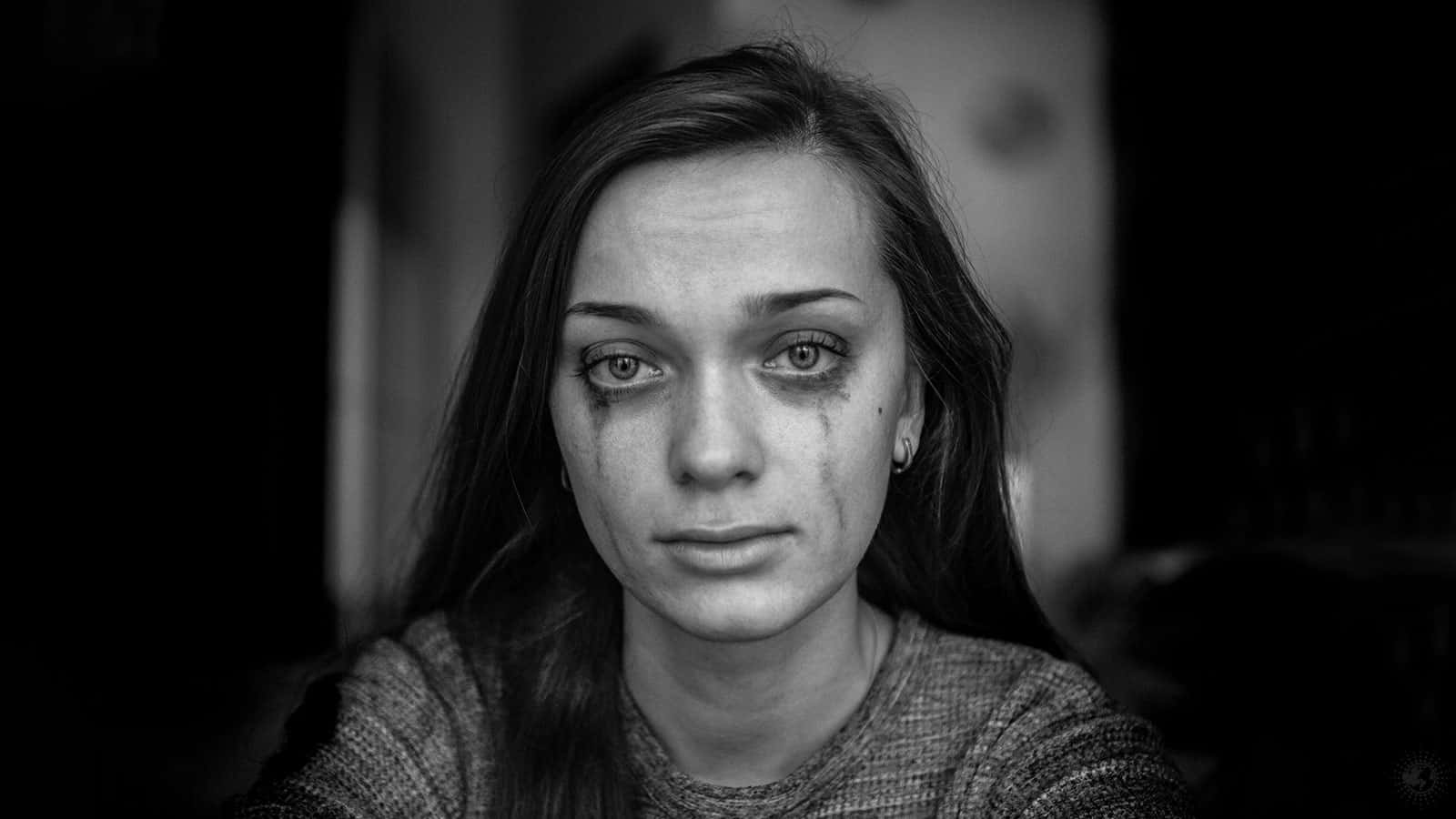What is driving the rise in suicides among 10-19-year-olds? Is it social media? Technology? Bullying? Opiate addiction? Do we even have an answer? Regardless of the cause, with the CDC revealing teenage suicides have increased 76 percent in the last decade. Thus, an intervention must come first while we search for the reasons.
Teenage suicide increases from 2007 – 2017
In 2017, suicide was the second biggest cause of death for 10-24-year-olds in the United States. While suicide has fairly consistently been a factor in premature deaths, from 2000-2007, the rates had declined for ages 10-14, 15-19 and 20-24.
Now the statistics from the CDC point to a significant increase.
- An overall increase in suicide for 10-24 years olds was 56%
- 15-19-year-olds had a greater increase of 76%.
- The rate of the increase for 15-19-year-olds rose to 10% from 2014 to 2017. Previously it had been 3%.
- Ages 15-24 equated to 6,252 suicidal deaths in 2017. Homicides for that age bracket, in comparison, were 4,905.
- 517 children from ages 10-14 committed suicide
- According to the Youth Risk Behavioral report by the CDC.
- 2% of teenagers 14-18 seriously considered suicide
- 6% made a serious plan, and
- 4% attempted suicide at least once
- 4% attempted suicide and were injured
- 5% felt extremely sad and hopeless at least two days a week
Potential causes for increasing suicide rates
Attempting to pinpoint the cause for the rising suicidal rates is primarily speculation. Most experts feel it is related to:
- The opioid crisis
- Cyberbullying
- Technology/Social Media
- Increased reporting due to less stigma
The Opioid crisis and teenage suicide
When we talk about drug overdose, it’s difficult for medical professionals to determine if the overdose was part of an intentional suicide plan. One thing we do know is that the opioid epidemic affects primarily 20-30 year olds, which is the age of most young parents. A psychiatrist at Cincinnati Children’s hospital looked at 3 months of records of 300 children in 2016 who had been admitted due to suicidal behavior. Dr. Daniel Nelson, the psychiatrist who noted the pattern, reportedly told the Washington Post that he noticed while looking at a map of the overdose, that the suicidal attempts were occurring in the same areas.
Dr. Nelson claims that from all of his hospitalized patients, 25% of them have adults fighting addiction. Those children of the parents who died from opioids, then become part of the foster care system or are being raised by their grandparents.
Sadly, once one person commits suicide, there is a 5% increase in suicides. It’s almost as if the one act gave someone the strength to do it themselves. Additionally, just attempting to process and recover from a classmate who committed suicide or being in a classroom with a high percentage of kids dealing with the parents’ addictions at home creates more anxiety and depression in all of the children. That is a tremendous amount of pain and sadness to make sense of when the adults around them aren’t able to make sense of it either.
Use of technology and suicidal behavior
Many countries note that with an increase in technology usage, including social media, consistent screen time on phones, computers, and tablets, there also seems to be an increase in suicidal behavior. Currently, no studies can substantially state that there is an increase, but through social media and the internet, children and young adults have access to both harmful and helpful things that can affect their mental health.
With information should come responsibility. Sadly, that is not exactly how it works. People currently have so many modes to communicate anonymously with others. That can be beneficial if you need to speak to someone regarding an issue you wish to remain private about, but it can also leave you vulnerable to the cruel and harsh things people can say to you.
With the availability of information, you have the choice to search for suicidal prevention groups, therapy groups, a call line or 10 different ways to kill yourself. The choice is yours. That’s a substantial choice to make when you simultaneously are being bombarded with the vision of how “perfect” someone else’s life may appear, harassment by strangers or classmates, or just being tired of acting like your life is perfect on social media. This chronic influx of information, perceptions, and attempting to filter what’s real vs fake can be overwhelming, creating anxiety and depression.
Cyberbullying and suicide
Bullying no longer isolates itself in the schoolyard.
In fact, a report written by Professor Ann John of Swansea University with assistance from the University of Oxford and Birmingham came up with an alarming statistic and patterns related to cyberbullying.
Professor Ann John and associates looked at 150,000 children and young adults over a 21 year period in 30 different countries. The final analysis was published in JMIR Publications.
Cyberbullying is defined as an act of intimidation, threatening or derogatory and negative messages via an electronic device. It’s an almost inescapable form of bullying for the victims. Usually, a bully’s platform of choice is social media.
According to the report, young adults and children ages 25 and younger are twice as likely to self-harm or behave in a suicidal manner if they have been cyberbullied. Additionally, while less so of the victim, the perpetrator is more likely to have suicidal thoughts than one who is not a perpetrator. This is especially true if the bully is male. He is more likely to be depressed and exhibit suicidal behavior despite the bullying behavior.
While the frequency of cyberbullying differs based on the country and general location, cyberbullying is estimated to occur to 15-35% of young persons, and about 10-20% of individuals admitted to having bullied others through an electronic device.
Social media usage by teenagers
Social media is both positive and negative. While it decreases stigma regarding depression, anxiety, and mental illnesses, it also creates an unrealistic illusion of life.
Indeed, what used to be just a contest between neighbors as to who had the newest, coolest car now is a competition for likes, shares, and thousands of follows to determine if you are popular and successful.
Now you can’t tell how anyone’s life truly is because all you see are the beautiful pics, the great party, the fancy clothes, etc. There are fewer young adults actually spending time physically together in order to determine the bigger picture; instead, they only know what is on the screen.
Add the drama of social media. Here, you’ll find the suicides streamed online before the medium catches it and removes it.
Social media is like an instant fix of attention if you know how to play it. Or, it can be an instant deflator if you are on the dark side of it. Children and teenagers don’t have the emotional and mental skills to learn how to cope with all that it presents. It’s literally like dropping the entire world at their feet and telling them to handle all the crazy, unfamiliar, and sometimes harsh things that can happen.
Removing the stigma of suicide adding to the statistics
Along with the negatives of social media and the internet is a huge positive. The awareness and removal of stigmas associated with mental illness and suicides are such positives. Whenever there is a new opening for awareness to the public, it can be difficult to determine how much of the new numbers are due to an actual increase in the incidences versus how many of the new numbers are due to new reporting.
We see this occur in many things: rape, domestic violence, incest, drug use, divorce, and more. The public consistently gains an understanding of the importance of letting these things out of the closet. Therefore, we see an increase in the numbers.
Final Thoughts on the Escalation of Teenage Suicide Rates
The CDC revealing a 76% increase in teenage suicides in the last decade should be a cause for concern. There should not be a question about that, but a question of why. Sadly, many feel the current generation has all of the perks and conveniences that technology and a wealthy country has to offer. We need to become more aware and open to listening. Most importantly, we must hear what our children and teenagers are trying to tell us.
The surface of any issue can appear one way to us. However, it might be far more difficult than we as adults can even fathom. Our children are barraged with information, images, news, and online bullying. Plus, they still face many family issues. Stay aware of your children’s behavior and open to understanding how their world is affecting them. Your awareness can prevent teenage suicide.


















